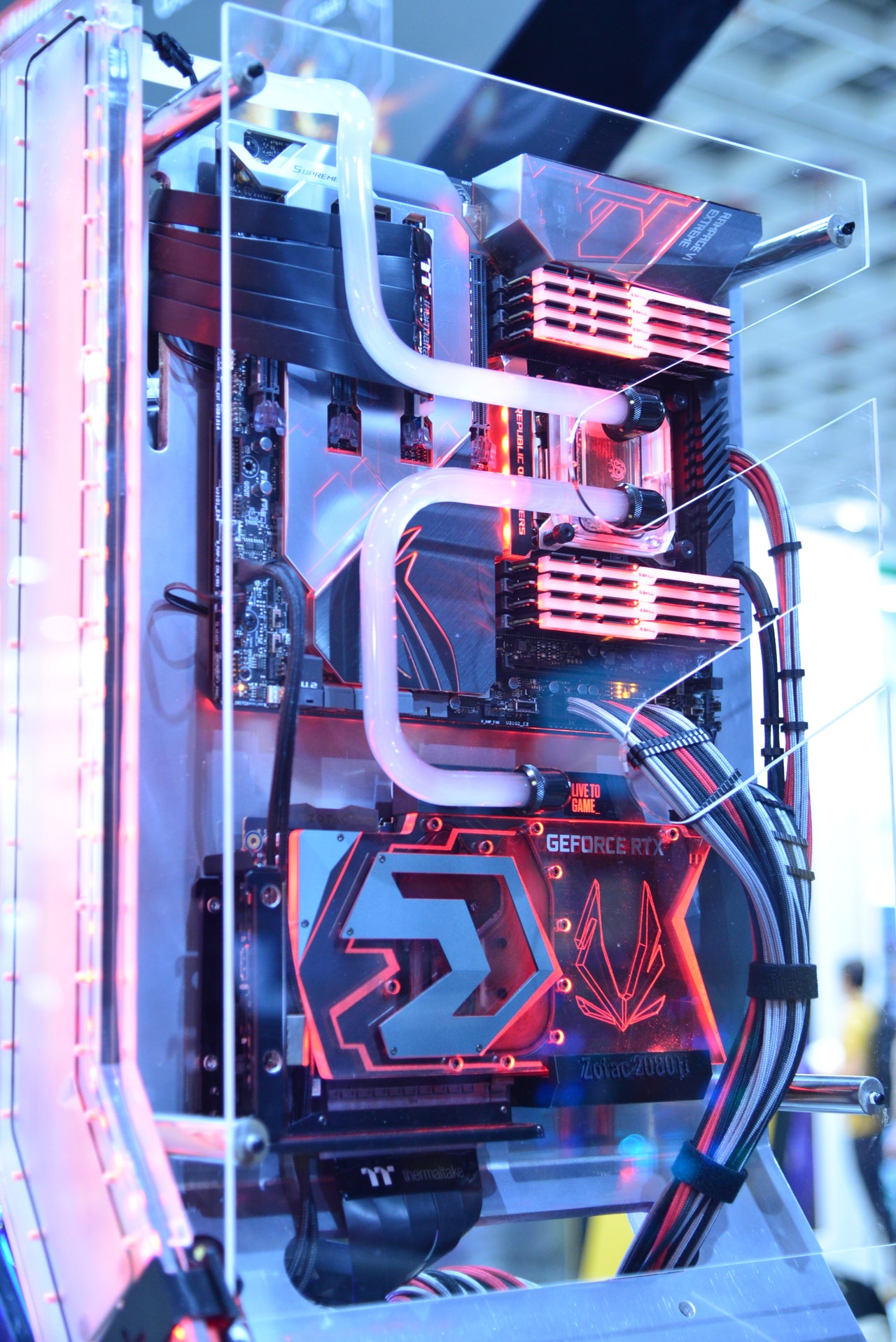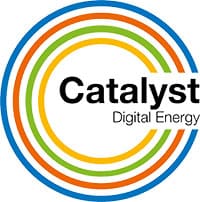Prepare for time of use tariff changesChanges to time of use tariffs for electricity network charges will kick in from April 2021. Chris Hurcombe, CEO of Catalyst, a Third Party Intermediary (TPI) discusses what businesses need to know.

The Background
Time of use tariff changes as part of the network charges make up around a fifth of the total power bill. Larger businesses tend to be settled on a half hourly basis, and have advanced metering to support that. Their network charges have generally been banded into red, amber and green periods with red the most expensive and green the cheapest. These vary by region and distribution network operator (DNO).
Smaller businesses have tended not to be settled on a half hourly basis, so historically have paid a flat rate throughout the day.
As the UK moves towards a smarter, more flexible power system, Ofgem wants everybody to ultimately be settled on a half hourly basis. This will enable more granular price signals e.g. time of use tariffs and is one of the main reasons behind the smart meter rollout.
With more variable renewable power on the system and greater demand on the networks from electric vehicles and electrification of heat households and businesses will need to respond to system needs. These needs will change locally as well as nationally.
But at the moment, the energy industry argues that the disparity between half hourly settled and non-half hourly settled tariff structures makes it difficult for suppliers to come up with tariff structures to enable that smarter system. There are 33 distribution tariffs under the current rules.
As such Ofgem and industry embarked on a rule change or code modification DCP268 – four years ago. Next year, it starts to come into effect.
The incoming change
The rule change means non-half hourly metered businesses and households will now also be charged on a red, amber, green (RAG) basis. Meanwhile, all un-metered supplies will be charged on a comparable ‘black, yellow, green’ basis. Time of use tariff changes are broad and have a significant impact on the final energy bill.
It’s important to note that for non-half hourly settled these charges will be based on aggregated consumption estimates. I.e. not on what you actually use.
The rule change also affects distribution-connected generation. Whereas generators have historically been paid different credits depending on whether they are intermittent (e.g. solar or wind) or non-intermittent (e.g. a gas CHP engine), they will instead receive the same unit rate credits on a RAG basis. The aim is also to pay all generators more reflectively.
All of which means the various tariffs applied by DNOs will reduce from 33 to 16. In theory, that should mean suppliers will soon come up with more innovative tariffs that reward consumers for helping the system.
The implications
For generators, the impact assessment suggests their credits will increase – from around 1 per cent to a maximum of 18 per cent, depending on where they are located (as DNO charges/credits vary by region).
However, for most power consumers, the impact assessment suggests a slight overall increase in chargers of up to 2.6 per cent.
Suppliers and other market participants now need to change their billing systems to accommodate the changes. It will be interesting to see how they account for them, and whether any existing contracts need to be unlocked to accommodate the new charges.
Meanwhile, businesses with advanced or smart metering can opt to be settled on a half hourly basis. Should they wish to be billed only for what they use – and when – now might be the time to start thinking about it.
In the meantime, Catalyst will continue to model the price impact of DCP268 – and all other incoming changes, with our non-commodity Cost Stacker tool – keeping customers ahead of the curve.
